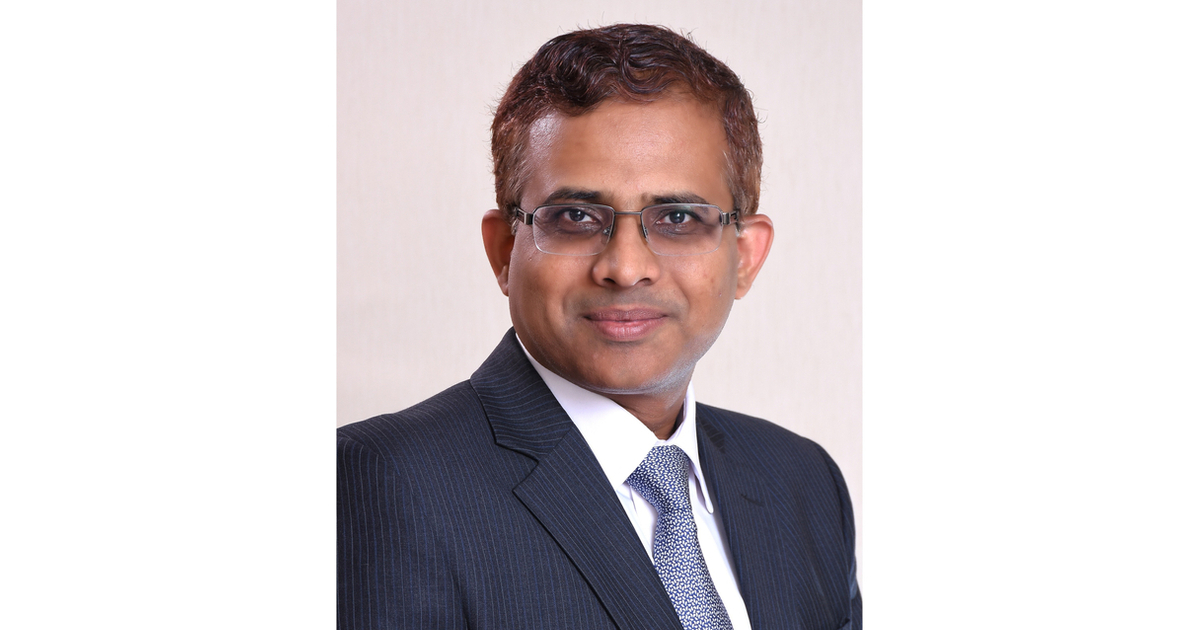Women, college athletes draw more sponsorships as sports marketing diversifies
Social media, metaverse give brands more ways to play.

Endorsement and media deals for women athletes grew by 20% this year while brands raised spending on amateur athletes by 102% in a “landmark” year for sports advertising, according to a report from SponsorUnited, a software platform tracking sports sponsorships.
The growth reflects sports’ continued bounce back from COVID; newly available NIL (name, image and likeness) opportunities for brands to sponsor college athletes; and a continued diversification of advertising channels such as the metaverse giving brands more ways to play, said Bob Lynch, funder and CEO of SponsorUnited.
Growth in women’s sports was led by soccer star Alex Morgan and tennis legend Serena Williams with 27 sponsorship deals each, as well as college softball player Lauren Burke with 22 deals, the report stated. Women athletes, teams and leagues benefited from sponsors such as Ally Financial that made a point of distributing its sports sponsorship opportunities equitably, Lynch said.
Read more: See how Ally is plugging sports gender equality
“It was a great year for women’s sports, and some of that was driven by brands that said, ‘We’re going to plant a flag in the ground and distribute our sponsorship spend in a more equal way,’” Lynch said.
Women athletes tend to perform better at engagement than male athletes on social channels, Lynch added. “They don’t have the size and audience volume that male athletes have, but when you look at the social performance of female athletes it dwarfs male athletes in terms of the percentage of their followers that engage with their branded posts. In many cases, it’s 10 times more [fans] who like, share or comment on those branded posts.”
Also see: Top 5 NIL deals of 2022
NIL deals, which were permitted by the NCAA beginning in July of 2021, have been a boon for college athletes and sports-minded brands, Lynch said. Rayquan Smith, a track and field athlete at Norfolk State University, was the most sponsored athlete globally this year with 58 deals, according to the report. Cricket player Virat Kohli was second with 44; followed by Nascar’s Kurt Busch (40); Brazilian soccer player Neymar Jr (36); and Austin Ekler of the NFL’s Los Angeles Chargers (30).
Amateurs, athletes on social media, and new venues such as the metaverse have given brands more flexibility in participating in sports marketing that contrasts from the rigidity of traditional team and league partnerships, Lynch said.
“If I’m a brand and I’m thinking of doing something in the sports, entertainment, or music space, in the past I’d have limited options, high prices and long-term commitments,” Lynch said. “Now with the advent of all these athletes coming in the mix and digital content sites, I can target the same fans in a lower-priced way that mirrors media: We’re going to partner with this athlete, we’re going to do a one-month campaign and I could do it across five or 10 different athletes. [Advertisers] can dip their toe in the water and get in the space without the barriers.”

 Tfoso
Tfoso 






























